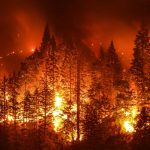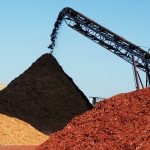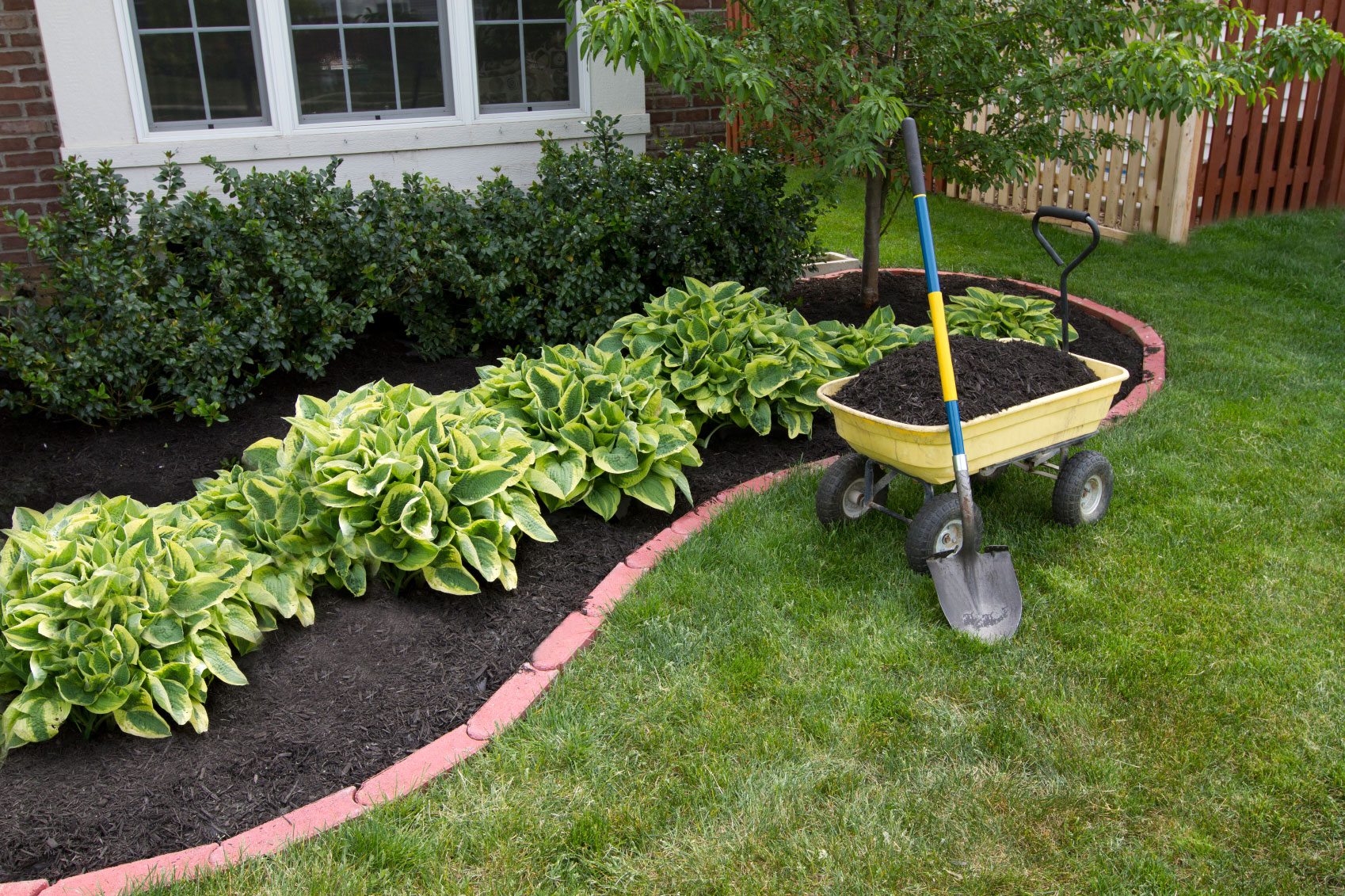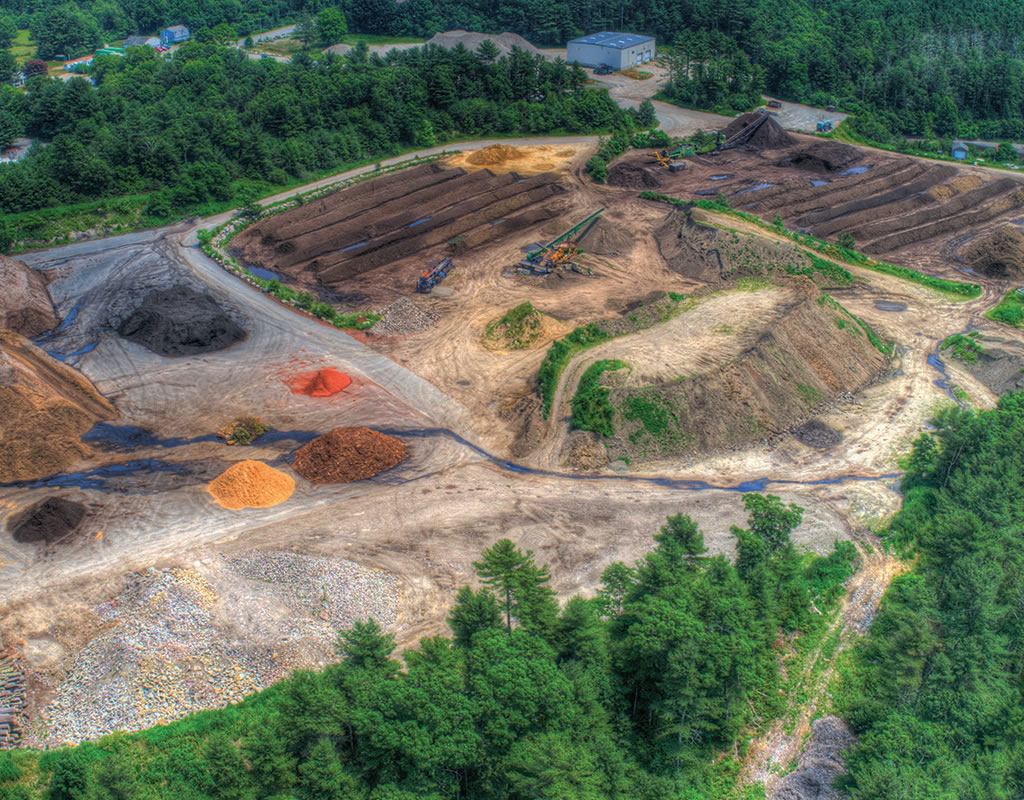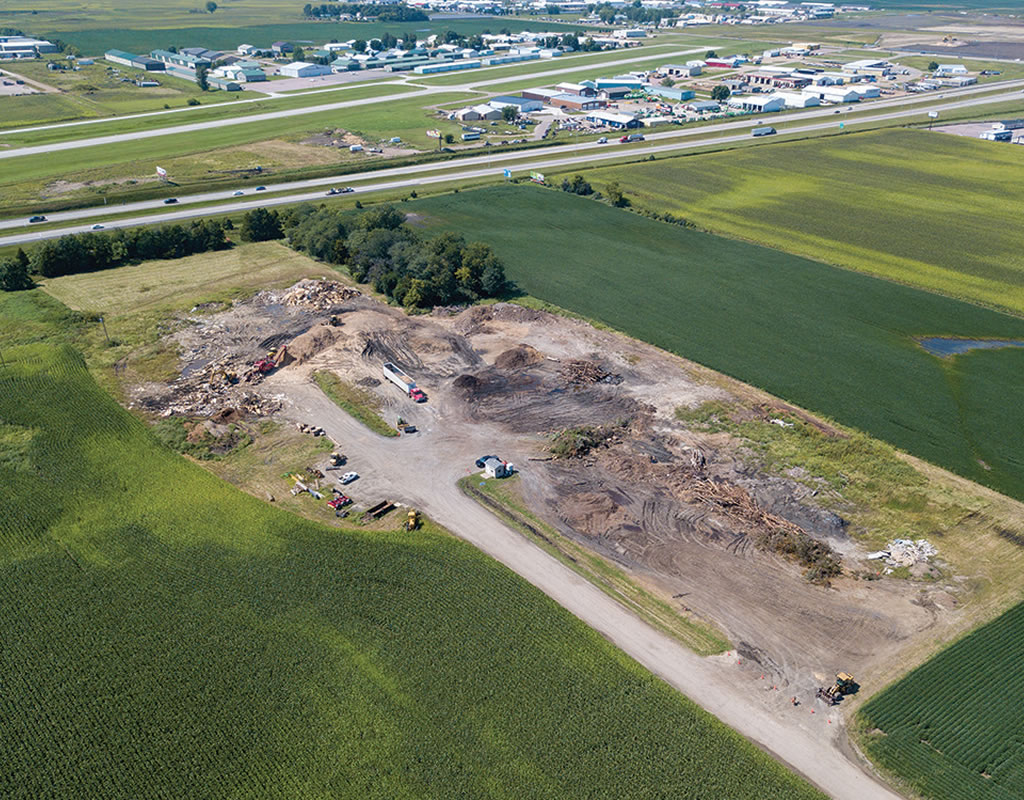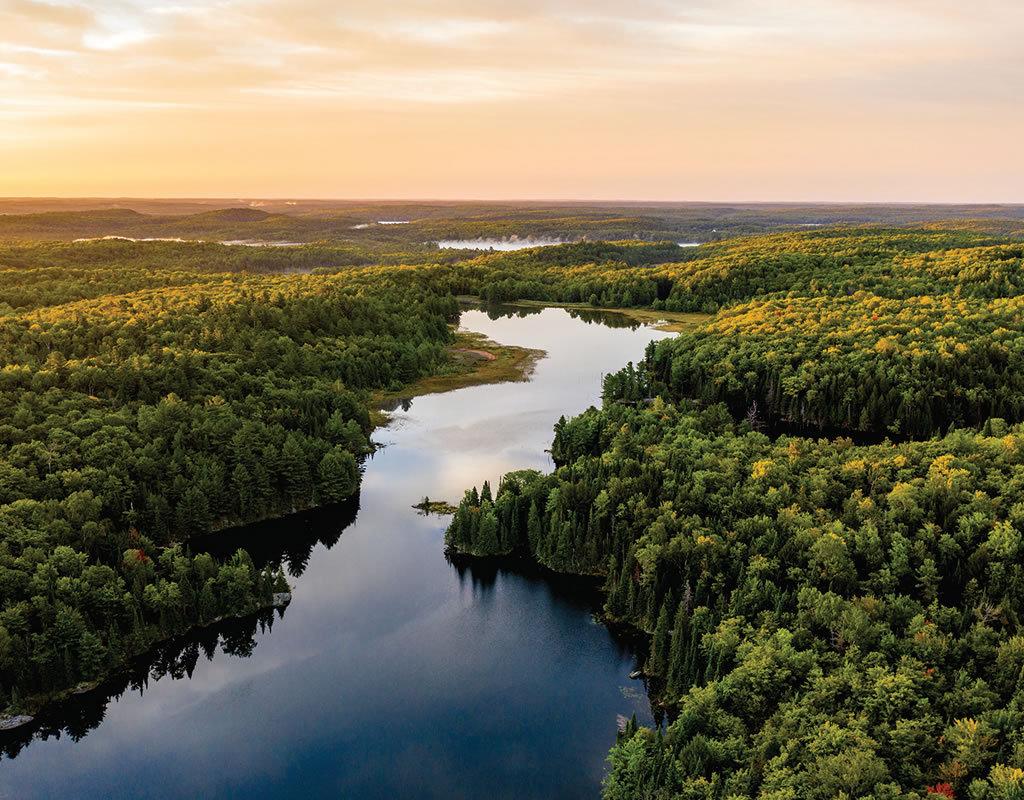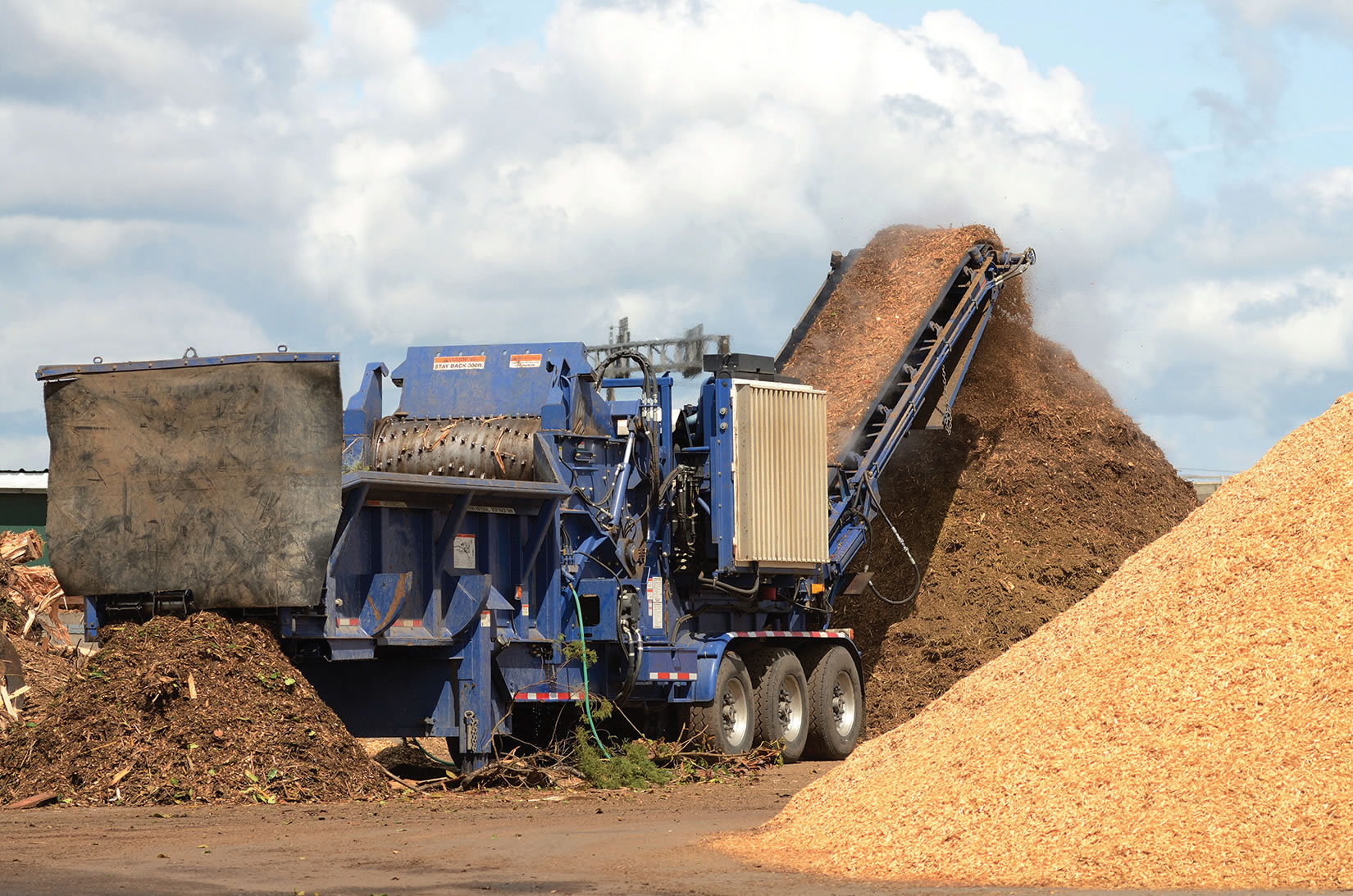By Ken McEntee
Canadian peat production during the 2018 harvesting season generally met producers' expectations, with some regions exceeding expectations and others falling slightly short of expectations, according to the Canadian Sphagnum Peat Moss Association (CSPMA), whose members represent 92 percent of North America's production.
"The season wasn't exceptional but it wasn't a disaster by any means," said CSPMA President Paul Short. "It was a good year partially because the economy in the U.S. is strong and it represents the majority of our market. A good economy always improves the purchasing power of the consumers."
Another plus for the market - which improves the outlook for the upcoming year, Short said, is the legalization of cannabis growing in Canada.
"It creates brand new above-board markets," said Short, who added that he can't quantify how much peat demand the cannabis industry could potentially add to the market. "In addition to Canada, there are a few states in the U.S. that also are going in the same direction with the commercial production of cannabis, which certainly increases the demand picture for our industry, and I think more states are contemplating the same thing moving forward."
In November, CSPMA announced the results of its annual member survey relating to the status of their 2018 harvest as a percentage of their expected harvest on August 31:
- In New Brunswick, for both the north and south reporting areas, the industry was above its expected harvest volumes. (New Brunswick North, 110 percent, New Brunswick South, 102 percent).
- Québec’s South Shore (107 percent) recorded the largest above-expectation harvest for all reporting areas. A mild spring and above normal summer contributed to the results.
- In Québec's North Shore (92 percent) the results were slightly below expectation due to less favorable weather conditions during the summer harvest.
- The Prairie Provinces (Manitoba, Saskatchewan and Alberta), experienced slightly-below harvest expectations (Manitoba, 97 percent; Saskatchewan, 82 percent; Alberta, 97 percent). A cooler spring and variable summer weather conditions accounted for the poorer showing. Minnesota has experienced a similarly slightly lower than expected harvest with only 93 percent achieved.
Along with expected new demand from cannabis growers, Short said demand from the agriculture and horticulture (agri-hort) industry also is expected to remain solid in the near term.
"The agri-hort industry in the U.S. is showing strong demand in terms of bedding plants and continued demand in fruits and vegetables," Short said. "We're seeing a lot of mushroom production. All mushroom production has a peat substrate growing in it. The other market that is quite interesting is seeding production - especially for reforestation, meaning the new forest plants that are required as a result of the forest harvesting and sustainability programs. Our latest information is that there are 1.9 billion seedlings per year in the U.S. and Canada, with most of those in the U.S."
In response to increasing global concern about peatland management and uses of peat, the International Peatland Society (IPS) in September held the first Global Peatland and Peat Industry Summit of top executives of companies that rely upon peatland and/or peat products for a significant part of their business.
Short was among the 75 attendees of the summit, which was held in Rotterdam, the Netherlands.
"The global demand picture for substrate materials, such as peat moss, compost and corral, as presented at the summit, all are expected to show increased demand through 2050, and peat currently holds the highest volume of all of the substrate materials that are used in agri-hort and floriculture," Short said. "By 2050, global food demand is expected to increase by 70 percent. Peat moss until that time will be a key component in any growing media that is used for a whole variety of agri-hort outcomes. In the agri-hort industry, I think there is a place in the sun for all of these products - green compost, cattle compost, peat, bark, rice hulls and the others. There is a consistent demand in play and it will continue to go forward. "
IPS said the main objective of its Rotterdam Summit was to inform industry companies how their businesses are affected by international, national and regional policies, such as the Sustainable Development Goals (SDGs), and how they are implemented at national or regional levels.
The dialogue included discussion of biodiversity, “climate change”, economy, ecosystem services, food safety, growing media, international conventions, responsible peatland management and societal wellbeing.
"It was concluded that there is already a high amount of evidence and recommendations giving a framework for truly sustainable peatland management," IPS said in a statement. "To be able to adapt to this rapidly changing world there is also a need for further high-quality research and better understanding of the importance of peatlands and the role they play in maintaining and improving environmental quality."
To that end, Short said, CSPMA is continuing its long-time relationship with Laval University and McGill University through two new five-year research projects relating to post-harvest peatland restoration, “climate change” and carbon management through the Natural Sciences and Engineering Research Council of Canada (NSERC) research program.
"We will be spending $1.8 million over the next five years on those two programs to enhance our understanding of the carbon management issues and the greenhouse gas effect that goes on with our harvesting as well as the activities that are related to end-of-life," Short said.
Related News
Subscribe Today
Every other month, Soil & Mulch Producer
News brings you important stories about:
• New Technology
• Products
• Industry News
• Research Studies
Soil & Mulch Producer News features articles and services relevant to your daily operations.


